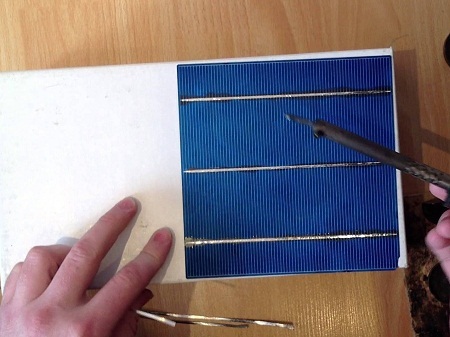Typology of sewage pumps

There are two main types of drainage pumps: a conventional sewage pump and a fecal pump. The models are not interchangeable, therefore it is of fundamental importance to distinguish between the intended purpose and the capabilities of each of them. Next, the performance indicators and the distinguishing features of each of the above types of devices will be described in detail and characterized. Before choosing a sewer pump for your home, decide on the type and amount of work to be undertaken.

Characteristics of drainage pump
This type of household sanitation devices has such a device:
- The body is made of hard plastic or stainless steel.
- Inside the housing there is a motor and a pump unit.
- Outlet holes are connected to the pump unit, the diameter of which depends on the planned performance of the device.
When choosing this type of drainage device, you should pay attention to the following:
- Location of the exhaust port. For domestic sewage pumps, it is best that it is located in the lower part of the housing. This will ensure the best process of pumping out treatment fluids.
- Pump housing. What it is made of, affects the convenience of work. Unlike industrial units, the domestic sewer pump has a body made of light materials, which makes it much easier to work with it.
- The volume of the working chamber. This index affects the speed of pumping, and also regulates the types of cleaning elements that can be pumped out.
- Diameter of suction holes. This indicator regulates the volume and type of wastewater with which it is possible to produce work.
On all these indicators it is worthwhile to pay attention when choosing a pump device, so that it is optimally suited for the necessary working conditions.

Characteristics of the fecal pump
Fecal pumping devices differ from conventional ones in that they are able to work with more contaminated wastewater, which can contain various solid elements and feces. A pump for this type of sewage can be classified as follows:
- Device without a chopper for pumping cold water. The cheapest subtype. It is used for pumping water from pools and other reservoirs. Can work with water temperatures of not more than 40 degrees.
- Device without grinder for pumping hot water. It is used for work in such premises as saunas and baths. Can work with water temperatures of up to 90 degrees.
- Device with a chopper for pumping cold water. Can work with cleaning elements of low temperatures, which are contaminated with solids.
- Device with a grinder for pumping hot water. It works with waters up to 90 degrees, which have solid contaminants in their composition.

The most common and claimed subtype of fecal pumping units is a device with a shredder for working with water temperatures of not more than 40 degrees. These devices easily cope with the main wastewater that accumulate in the collection manifold.
Thus, the article described and characterized sewage pumps, as well as their device and the main species-typological characteristics.

